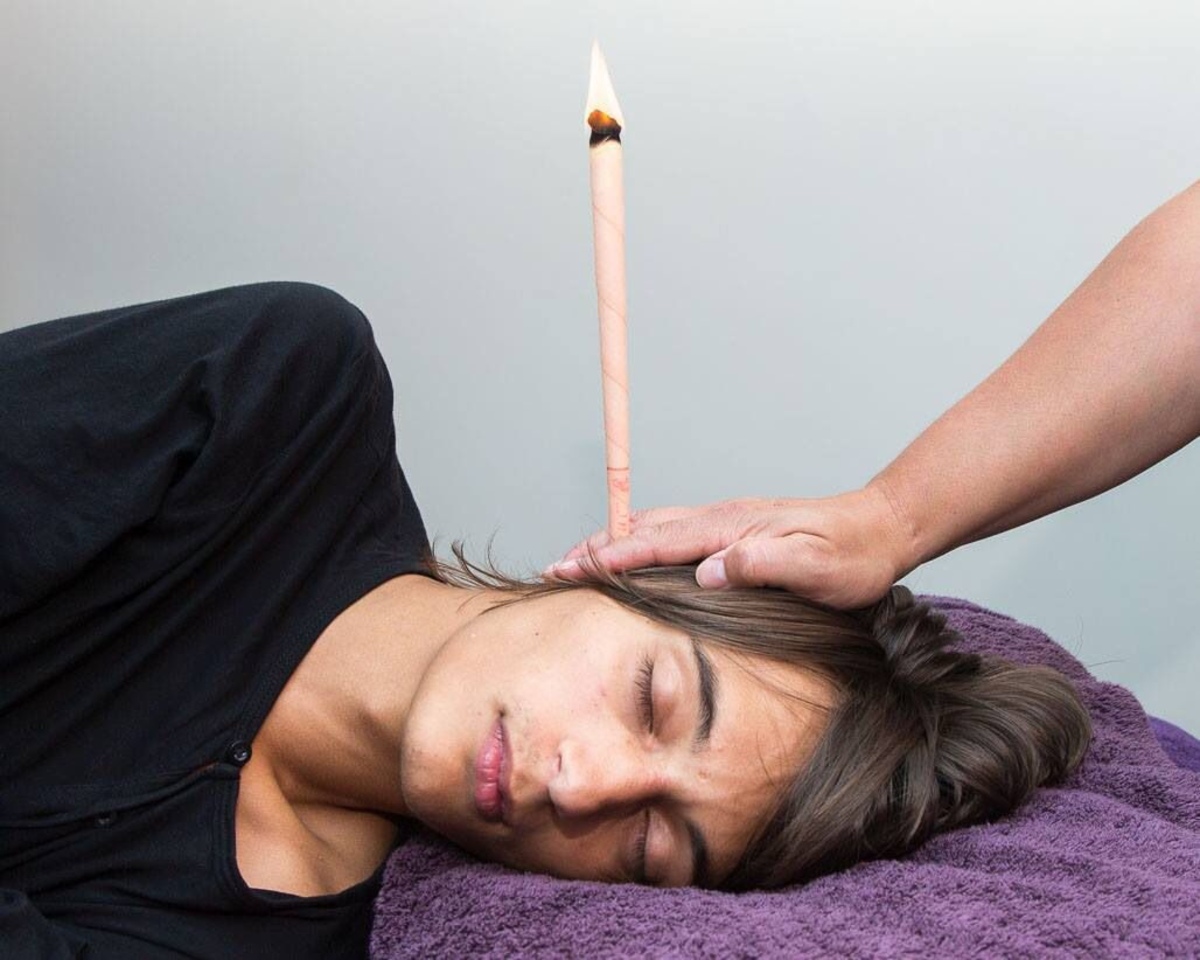

Articles
How Do Ear Candles Work
Modified: January 5, 2024
Learn how ear candles work and their benefits. Read articles on the process, safety concerns, and effectiveness of ear candling.
(Many of the links in this article redirect to a specific reviewed product. Your purchase of these products through affiliate links helps to generate commission for Storables.com, at no extra cost. Learn more)
Introduction
Ear candling is an ancient practice that has been used for centuries to promote well-being and balance in the body. This holistic technique involves the use of a specially designed candle inserted into the ear canal to create a gentle vacuum effect, purportedly drawing out impurities and promoting relaxation.
In recent years, ear candling has gained popularity as a natural alternative therapy for various ear-related issues, such as excessive wax buildup, sinus congestion, and even stress relief. However, it is important to understand the science behind ear candling and assess its effectiveness and safety.
In this article, we will delve into the history of ear candles, explore their anatomy, examine the process of ear candling, discuss potential benefits, address safety concerns, debunk common myths, and provide recommendations and precautions for those considering trying this technique.
Key Takeaways:
- Ear candling, an ancient practice, lacks scientific evidence for its claimed benefits. Safety concerns, including potential burns and ineffective wax removal, highlight the importance of consulting healthcare professionals for ear-related issues.
- Prioritize ear health by seeking evidence-based treatments and professional guidance. Be cautious of myths surrounding ear candling and consider alternative options supported by scientific research for optimal ear care.
Read more: What Do Ear Candles Do
Brief History of Ear Candles
The practice of ear candling can be traced back to ancient civilizations such as the Egyptians, Chinese, and Native Americans. It is believed that these cultures used hollow reeds, cones, or rolled-up leaves to create a similar effect to modern ear candles.
The modern concept of ear candling as we know it today originated from the Native American Hopi tribe. The Hopi people, known for their spiritual traditions and healing practices, introduced the use of hollowed-out candles made from natural materials such as beeswax or paraffin.
These handcrafted ear candles were initially used by the Hopi tribe for cleansing and purification rituals. Over time, the practice spread to other cultures and gained recognition in the alternative health and wellness community.
Ear candling was popularized in the Western world during the 1980s, when it gained attention as a natural therapy for ear-related issues. The technique was marketed as a non-invasive method for removing earwax and relieving common discomforts such as pressure, congestion, and tinnitus.
It is important to note that while ear candling has a rich history rooted in various cultures, it is not recognized as a mainstream medical treatment. The effectiveness and safety of ear candling have been a subject of debate among healthcare professionals.
Anatomy of an Ear Candle
An ear candle, also known as a thermal-auricular device, is a tubular-shaped object made of either fabric or wax. The most commonly used material for ear candles is unbleached linen or cotton fabric that has been impregnated with beeswax or paraffin.
The ear candle typically ranges in length from 8 to 12 inches and has a tapered, conical shape. It is designed to be inserted into the ear canal, with the wider end of the candle placed outside the ear.
The inner section of the candle is hollow, allowing for the formation of a chimney effect when the candle is lit. This chimney effect creates a gentle suction or vacuum-like force within the ear canal when the candle is burning.
Most ear candles have a small filter or safety device located at the base, which is intended to prevent any debris or ash from falling into the ear. The filter can be made of fabric, paper, or a small metal dish.
It is important to ensure that the ear candle used is of high quality and specifically designed for ear candling purposes. Using makeshift or homemade ear candles can be dangerous and may increase the risk of burns or other injuries.
While the exact way in which ear candles work is still a topic of debate, proponents of ear candling claim that the combination of the vacuum effect and the heat from the burning candle helps draw out impurities, excess wax, and debris from the ear canal.
Now that we understand the anatomy of an ear candle, let’s explore the process of ear candling and how it is performed.
The Process of Ear Candling
The process of ear candling involves several steps and should be performed by a trained practitioner or under the supervision of a healthcare professional. Here is a general overview of the ear candling process:
- Preparing for the Procedure: Before starting the ear candling session, it is essential to create a comfortable and relaxing environment. The individual receiving the treatment should lie on their side with one ear facing up.
- Inserting the Ear Candle: The practitioner will gently insert the narrow end of the ear candle into the ear canal, making sure it is secure. It is crucial to ensure that the candle is not inserted too far or too forcefully to avoid any damage.
- Burning the Candle: Once the candle is in place, the practitioner will light the wider end of the candle, allowing it to burn for a specific amount of time. The flame should be monitored throughout the session to ensure safety.
- Creating a Vacuum Effect: As the candle burns, a chimney effect is formed, generating a gentle suction within the ear canal. This suction is believed to help draw out impurities and excess wax from the ear.
- Monitoring the Candle: During the process, the practitioner will monitor the candle and the individual’s comfort level. They may gently adjust the position of the candle to optimize the suction effect.
- Extinguishing and Removing the Candle: Once the candle has burned down to a certain point, it is carefully extinguished by placing it in a bowl of water or a safe extinguishing device. The candle is then gently removed from the ear.
- Repeating the Procedure: If necessary, the process can be repeated for the other ear. It is important to use a new, clean ear candle for each ear to maintain hygiene.
It is crucial to note that ear candling should only be performed by qualified individuals who have received proper training and have experience in conducting the procedure safely. Improper technique or the use of low-quality candles can pose risks and potential harm.
Now that we have explored the process of ear candling, let’s examine the potential benefits that are often associated with this practice.
Potential Benefits of Ear Candling
Proponents of ear candling claim a variety of potential benefits that can be achieved through this practice. However, it is important to note that scientific evidence supporting these claims is limited, and individual results may vary. Here are some of the potential benefits often associated with ear candling:
- Earwax Removal: One of the primary purposes of ear candling is to remove excess earwax. Proponents argue that the vacuum effect created by the burning candle helps to draw out hardened wax from the ear canal.
- Relief from Congestion and Pressure: Ear candling is believed to provide relief from sinus congestion and pressure by opening up the Eustachian tubes. Supporters suggest that the heat and suction created during the process can help alleviate symptoms of nasal and sinus congestion.
- Improved Hearing: Some individuals claim that ear candling enhances their hearing abilities by removing blockages and improving the clarity of sounds. However, this claim is not supported by scientific research.
- Relaxation and Stress Relief: The process of ear candling is often described as soothing and relaxing. Many individuals report a sense of calmness and reduced stress levels after a session. However, these effects may be attributed to the overall relaxation experience rather than any specific physiological changes.
- Symptom Relief from Tinnitus: Tinnitus, a condition characterized by ringing or buzzing sounds in the ears, is said to be alleviated by ear candling. Advocates assert that the removal of excess wax and improved circulation in the ear can reduce the severity of tinnitus symptoms. However, more research is needed to validate this claim.
It is important to approach the potential benefits of ear candling with caution and consult with a healthcare professional before trying this technique. While some individuals may have positive experiences, others may not see significant results or may even experience adverse effects. Each person’s situation is unique, and what works for one individual may not work for another.
In the following section, we will address the safety concerns and potential risks associated with ear candling.
Be cautious when using ear candles as they can cause injury to the ear canal and eardrum. It’s best to consult with a healthcare professional for safe and effective ear cleaning methods.
Read more: How Do Candles Work?
Safety Concerns and Risks of Ear Candling
While proponents of ear candling tout its potential benefits, it is essential to be aware of the safety concerns and potential risks associated with this practice. Here are some of the main safety considerations:
- Potential Burns: The process of ear candling involves an open flame near the face and hair. There is a risk of burns if the candle is not handled with care or if the individual moves unexpectedly during the procedure.
- Injury to the Ear Canal: Inserting the candle too deeply or forcefully into the ear canal can cause injury, such as puncturing the eardrum or irritating the delicate skin of the ear canal.
- Ineffective Wax Removal: Contrary to popular belief, studies have shown that ear candling does not effectively remove earwax. In fact, the residue found after burning an ear candle is primarily composed of candle wax and other debris from the candle itself, rather than earwax from the ear canal.
- Accumulation of Candle Residue: If the residue from the burnt candle remains in the ear canal, it can potentially lead to blockages, further exacerbating earwax-related issues and ear discomfort.
- Delayed Medical Treatment: Relying solely on ear candling to address underlying ear conditions or infections can lead to delayed medical intervention. It is essential to consult with a healthcare professional for proper diagnosis and treatment.
It is worth noting that the U.S. Food and Drug Administration (FDA) has issued warnings against ear candling due to safety concerns and lack of scientific evidence supporting its efficacy. The National Institutes of Health (NIH) and the American Academy of Otolaryngology-Head and Neck Surgery (AAO-HNS) also discourage the practice of ear candling.
Given the limited evidence and the potential risks involved, it is crucial to exercise caution and prioritize safety when considering ear candling as a potential treatment option. If you are experiencing issues related to your ears, it is recommended to consult with a qualified healthcare professional for an accurate diagnosis and appropriate treatment.
Now let’s address some of the common myths and misconceptions surrounding ear candling.
Debunking Myths about Ear Candling
Ear candling has been surrounded by various myths and misconceptions. It is important to separate fact from fiction to make informed decisions about this practice. Here are some common myths about ear candling:
- Myth: Ear candling can remove earwax effectively. In reality, studies have shown that the residue left after burning an ear candle is primarily from the candle itself, not earwax. Ear candling is not a reliable method for removing excess earwax.
- Myth: Ear candling can clean the ear canal. The vacuum effect from ear candling is insufficient to remove debris or clean the ear canal. It is not a substitute for proper ear hygiene or medical treatment for ear-related issues.
- Myth: Ear candling can improve hearing. While some individuals may report improved hearing after ear candling, there is no scientific evidence to support this claim. Any temporary improvement in hearing is likely due to the removal of loose debris or improved circulation rather than any long-term benefits.
- Myth: Ear candling can cure ear infections. Ear candling does not treat or cure ear infections. In fact, it can worsen the condition by introducing heat or foreign debris into the ear canal, potentially causing further damage or delaying appropriate medical treatment.
- Myth: Ear candling is a safe DIY practice. Performing ear candling at home without proper training and knowledge can be dangerous. It is best to seek professional assistance from a trained practitioner who can ensure the procedure is performed correctly and safely.
It is important to rely on evidence-based information and consult with healthcare professionals to make informed decisions about ear candling or any other treatment options.
In the next section, we will provide recommendations and precautions for those considering ear candling.
Recommendations and Precautions for Ear Candling
If you are considering trying ear candling, it is important to proceed with caution and follow these recommendations and precautions:
- Consult with a Healthcare Professional: Before attempting ear candling, consult with a qualified healthcare professional, such as an audiologist or ENT specialist, to ensure it is appropriate for your situation. They can evaluate your ear health and provide guidance based on your specific needs.
- Choose a Qualified Practitioner: If you decide to proceed with ear candling, seek the services of a trained practitioner who has experience in performing the procedure safely. They can provide expert guidance and minimize the risk of complications.
- Be Informed: Educate yourself about the risks and potential benefits of ear candling so that you can make an informed decision. Understand that scientific evidence supporting ear candling is limited, and individual results may vary.
- Maintain Good Ear Hygiene: Take proper care of your ears by practicing good ear hygiene. This includes regular cleaning with safe methods such as using a warm washcloth or over-the-counter earwax removal drops, as recommended by a healthcare professional. Avoid inserting objects into the ear canal.
- Follow Safety Guidelines: If you choose to proceed with ear candling, ensure that safety guidelines are followed. This includes proper positioning, using high-quality and specifically designed ear candles, monitoring the flame during the procedure, and extinguishing the candle safely.
- Be Mindful of Allergic Reactions: If you have a known allergy to ingredients used in ear candles, such as beeswax, paraffin, or certain fabrics, or if you have sensitive skin, it is advisable to avoid ear candling to prevent potential allergic reactions or skin irritations.
- Consider Alternative Treatment Options: Explore alternative treatment options for ear-related issues that are backed by scientific evidence, such as ear irrigation performed by a healthcare professional or medical-grade earwax removal tools.
- Monitor for Adverse Reactions: Pay close attention to any adverse reactions following ear candling, such as increased pain, discomfort, hearing loss, dizziness, or signs of infection. If you experience any concerning symptoms, seek immediate medical attention.
Remember, the decision to try ear candling is a personal one. It is important to prioritize your safety and consult with healthcare professionals to determine the best course of action for your specific situation. Be vigilant and take necessary precautions to protect your ear health.
Finally, let’s conclude this article on ear candling.
Conclusion
Ear candling is an ancient practice that has gained popularity as a natural therapy for various ear-related issues. While proponents claim potential benefits such as earwax removal, relief from congestion, and improved hearing, it is important to approach ear candling with caution and skepticism.
The history of ear candling dates back to ancient civilizations, with the modern practice originating from the Native American Hopi tribe. The anatomy of an ear candle involves a tapered, hollow tube made of fabric or wax designed to create a vacuum effect when lit.
The process of ear candling involves inserting the candle into the ear canal and allowing it to burn for a specific amount of time, purportedly drawing out impurities and excess wax. However, scientific evidence supporting the effectiveness of ear candling is limited.
Furthermore, there are safety concerns and potential risks associated with ear candling. These include the risk of burns, injury to the ear canal, ineffective wax removal, accumulation of candle residue, and delayed medical treatment for underlying ear conditions.
Several common myths and misconceptions surround ear candling, and it is important to separate fact from fiction. It is recommended to rely on evidence-based information and consult with healthcare professionals before considering ear candling as a treatment option.
If you decide to try ear candling, it is crucial to choose a qualified practitioner, maintain good ear hygiene, and follow safety guidelines. However, it is important to be aware that there are alternative treatment options available that are supported by scientific research.
In conclusion, while ear candling continues to be a topic of interest and debate, it is essential to prioritize your safety and well-being. Consult with healthcare professionals to explore the best options for addressing your ear-related concerns and make informed decisions based on accurate information and expert guidance.
Remember, your ear health is important, and it is best to rely on proven methods and professional advice for the care and maintenance of your ears.
Frequently Asked Questions about How Do Ear Candles Work
Was this page helpful?
At Storables.com, we guarantee accurate and reliable information. Our content, validated by Expert Board Contributors, is crafted following stringent Editorial Policies. We're committed to providing you with well-researched, expert-backed insights for all your informational needs.
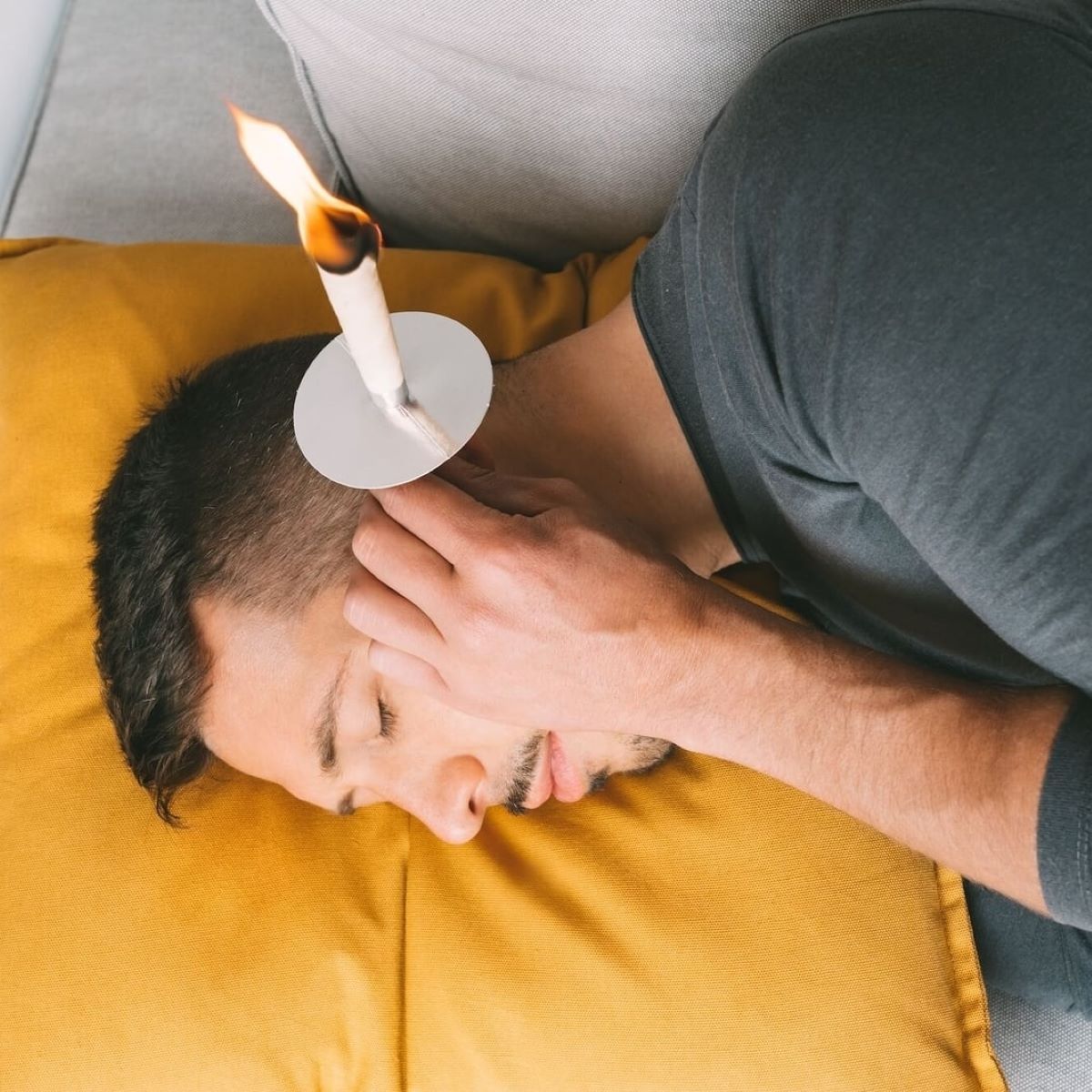

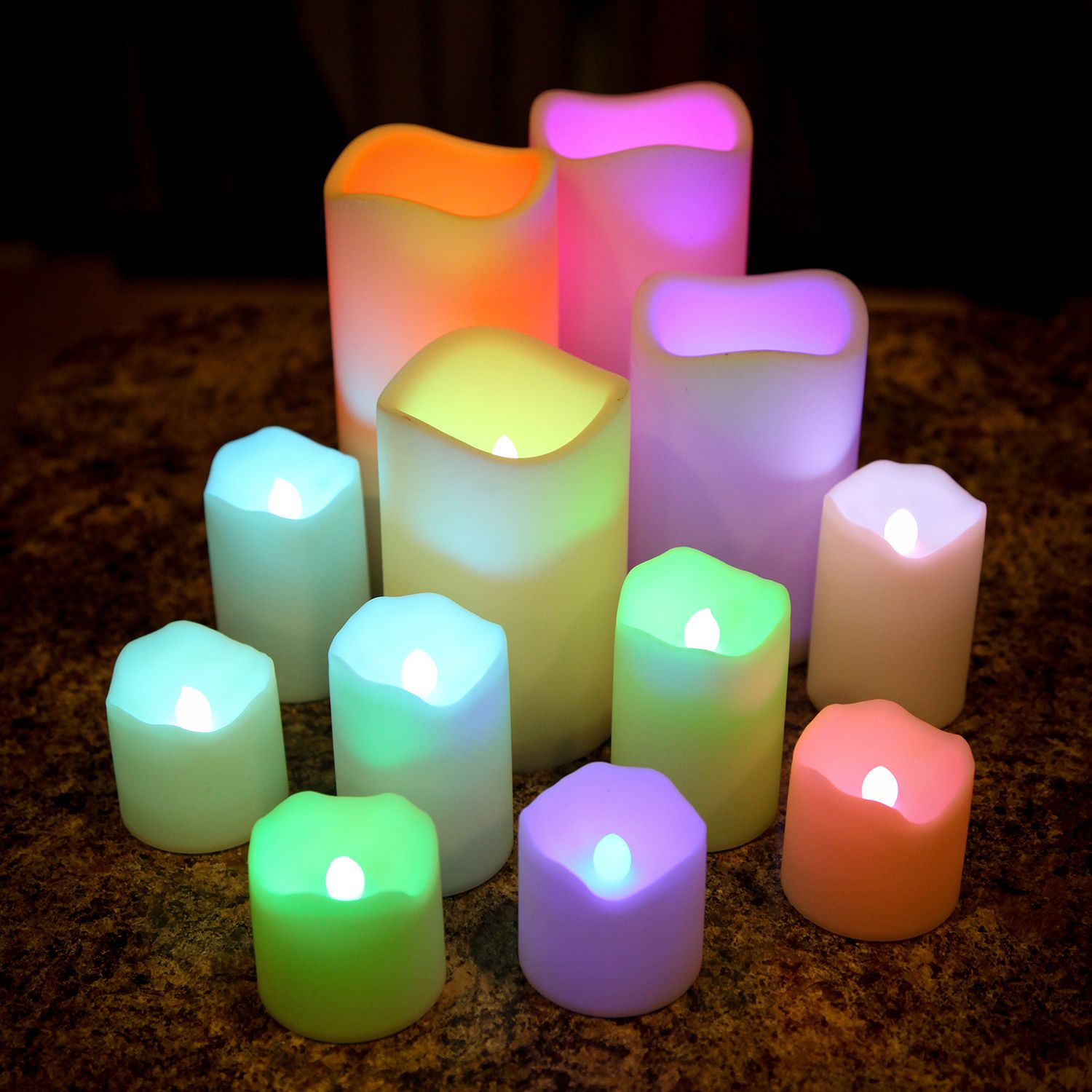
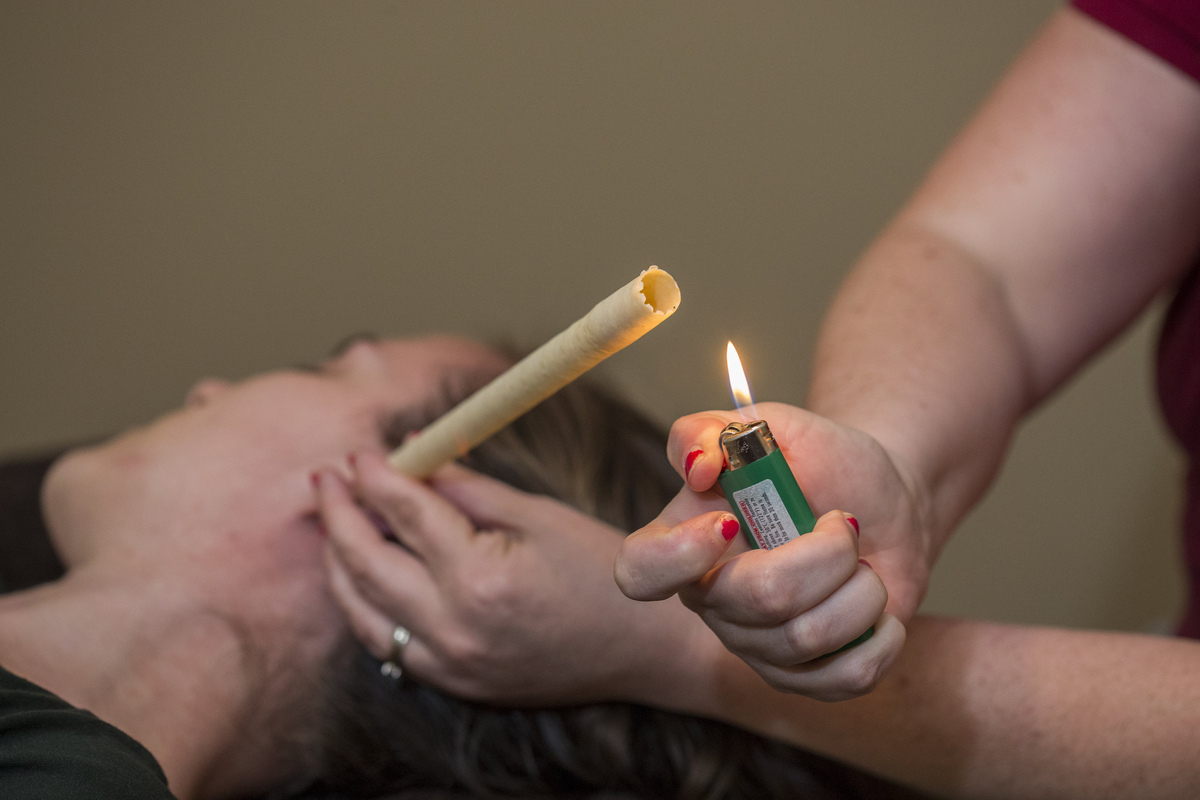
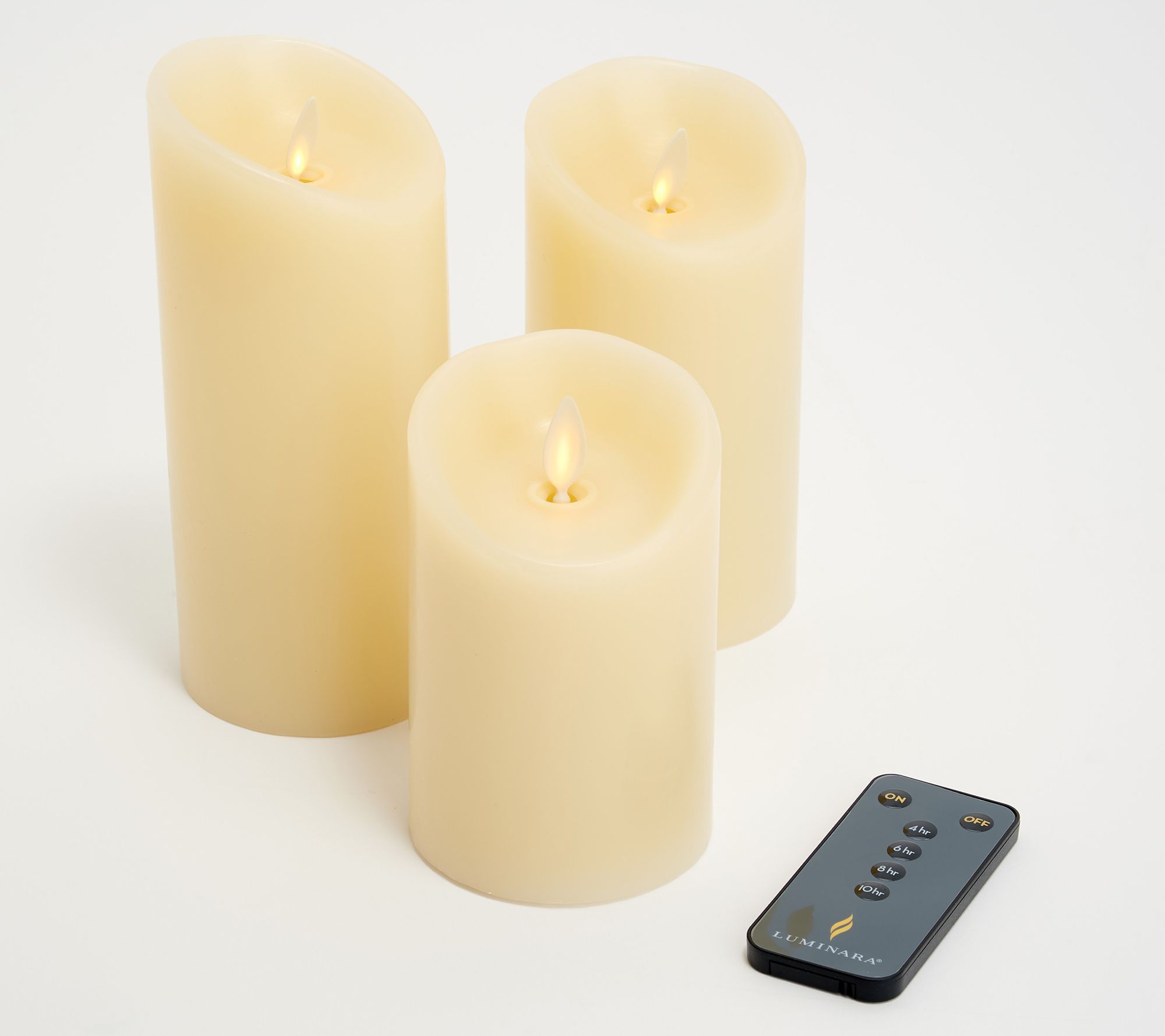

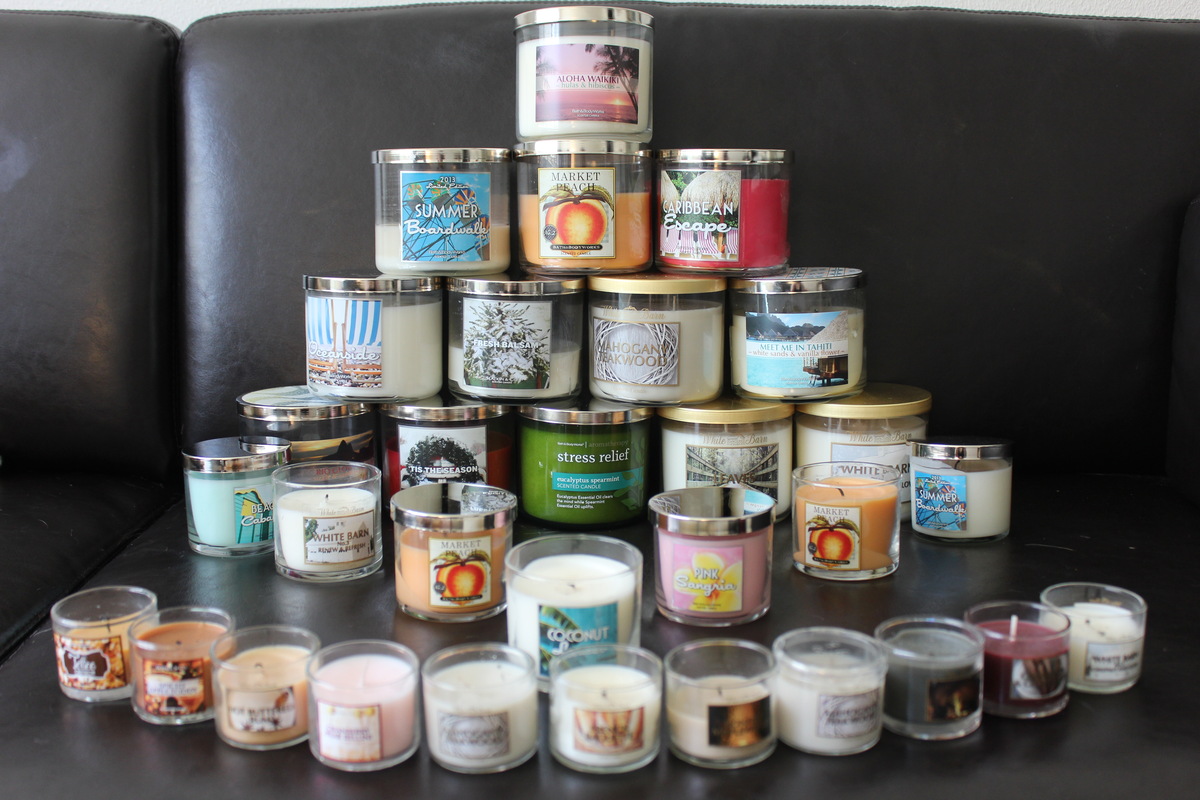
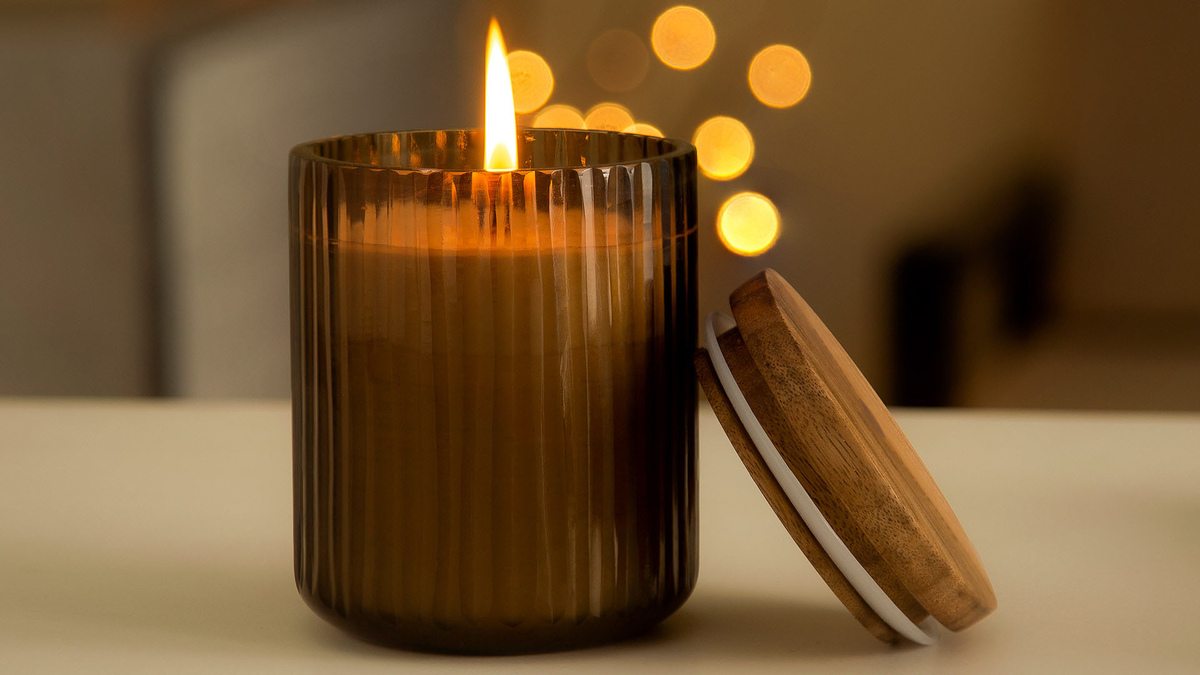
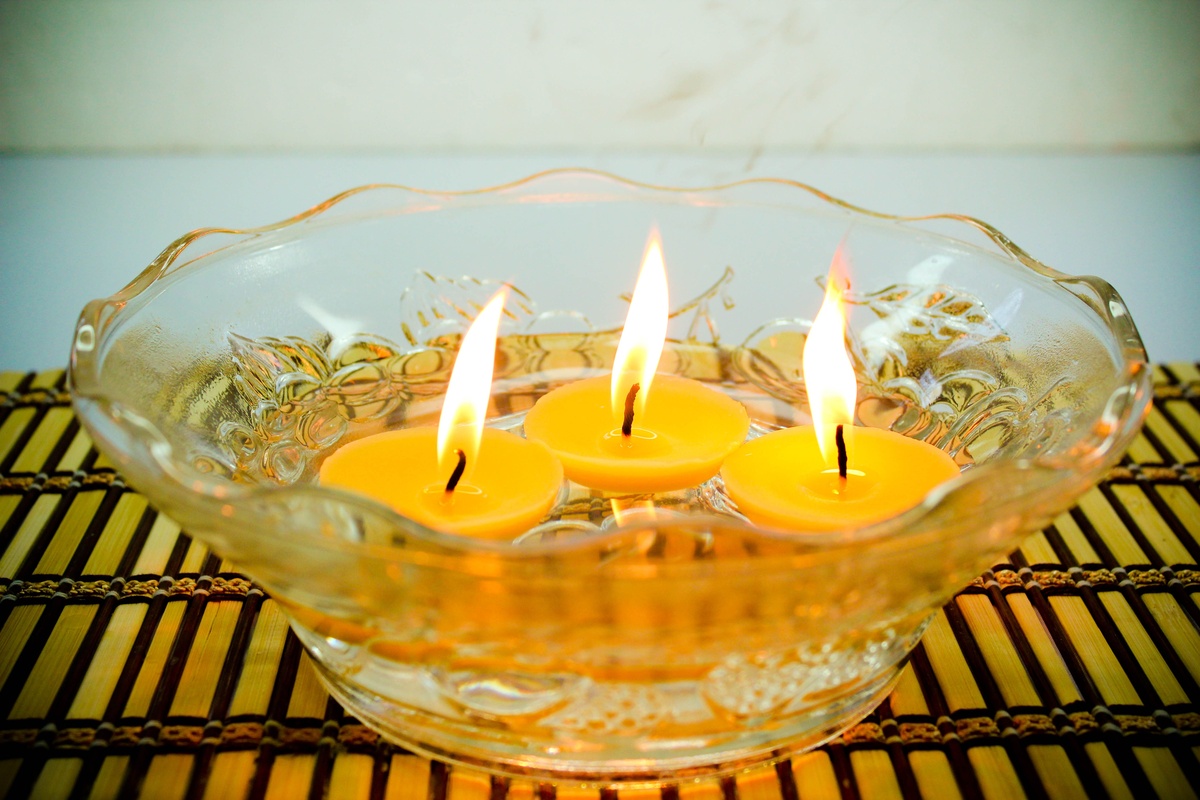
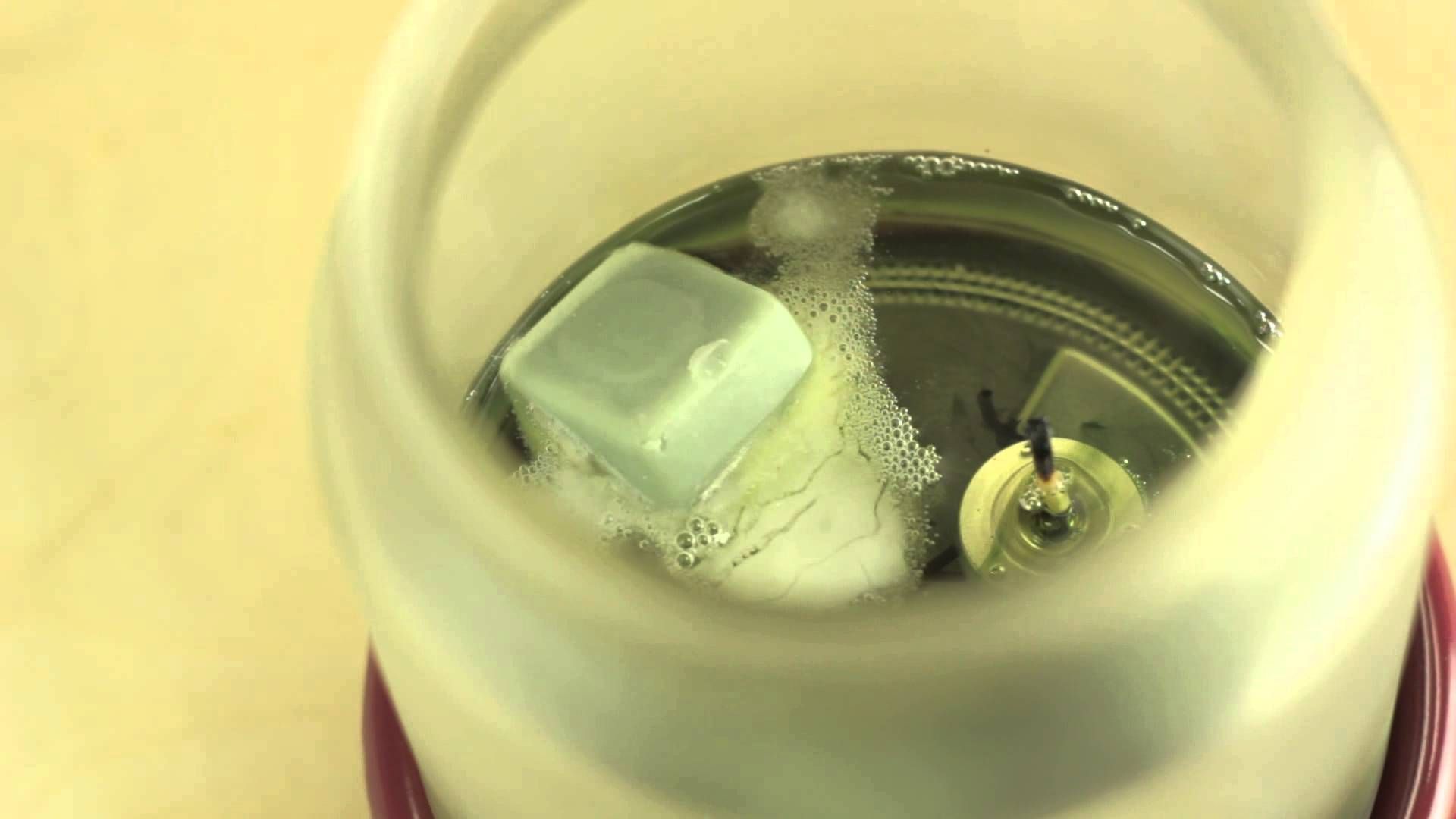

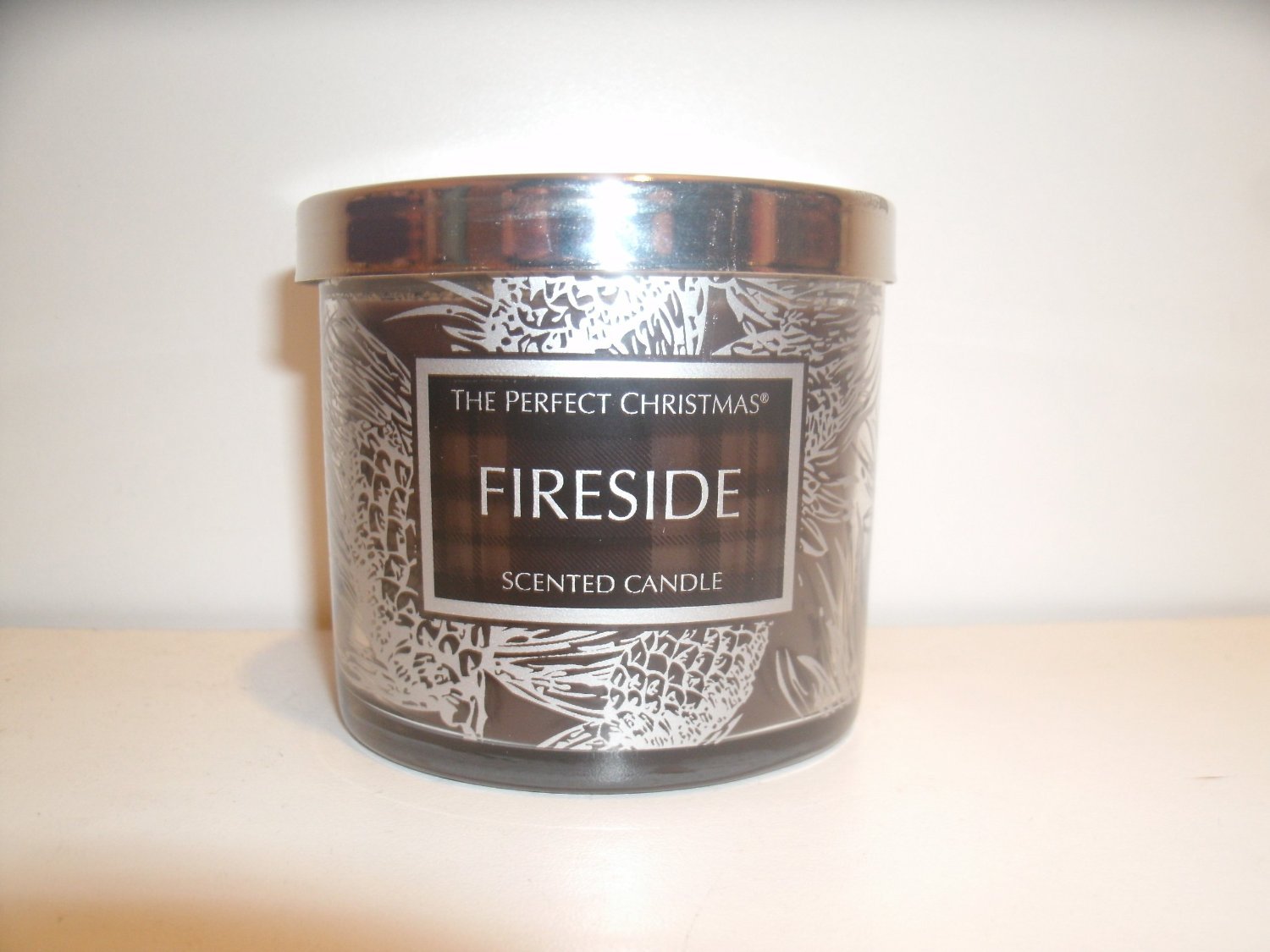
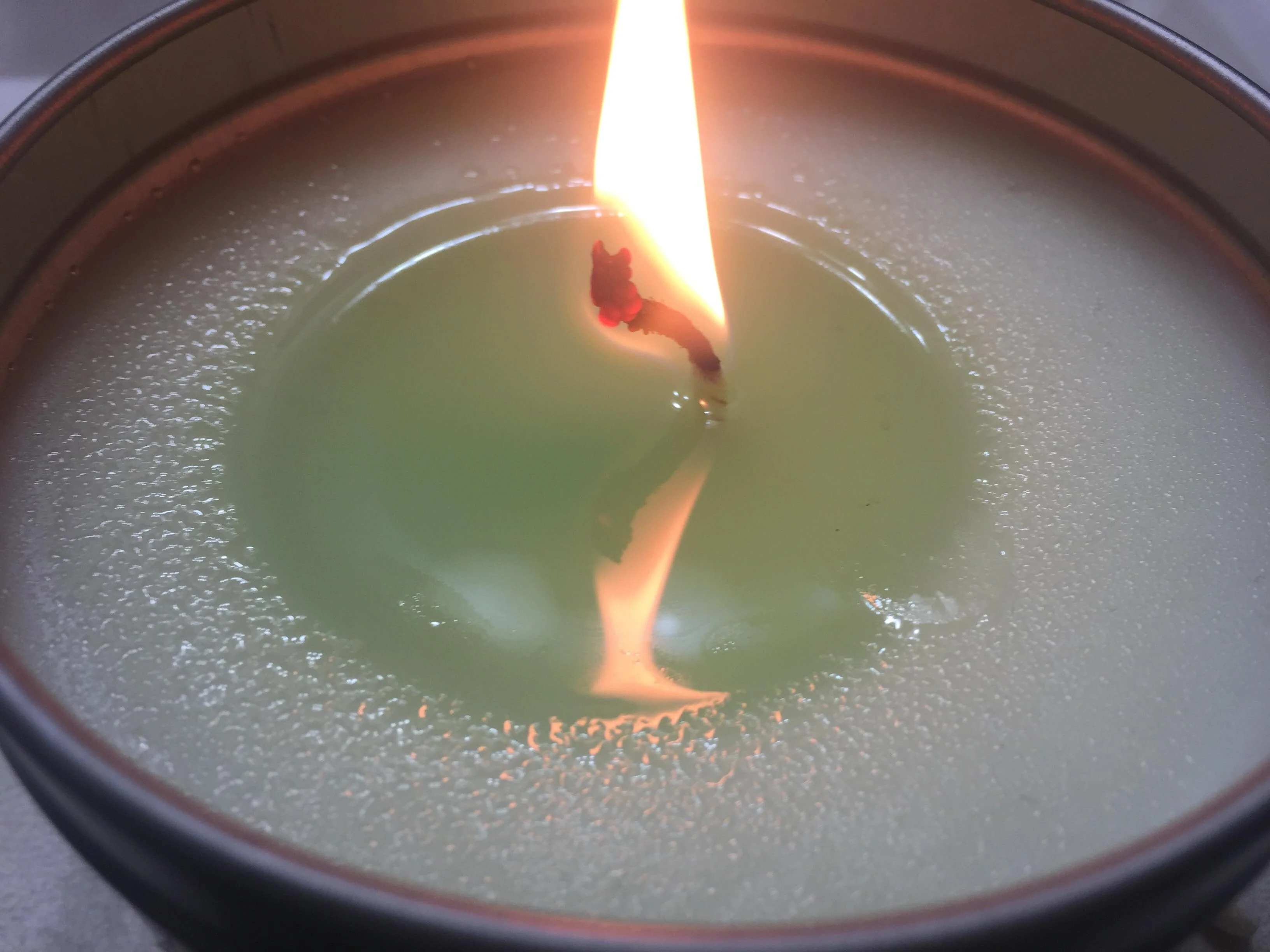


0 thoughts on “How Do Ear Candles Work”